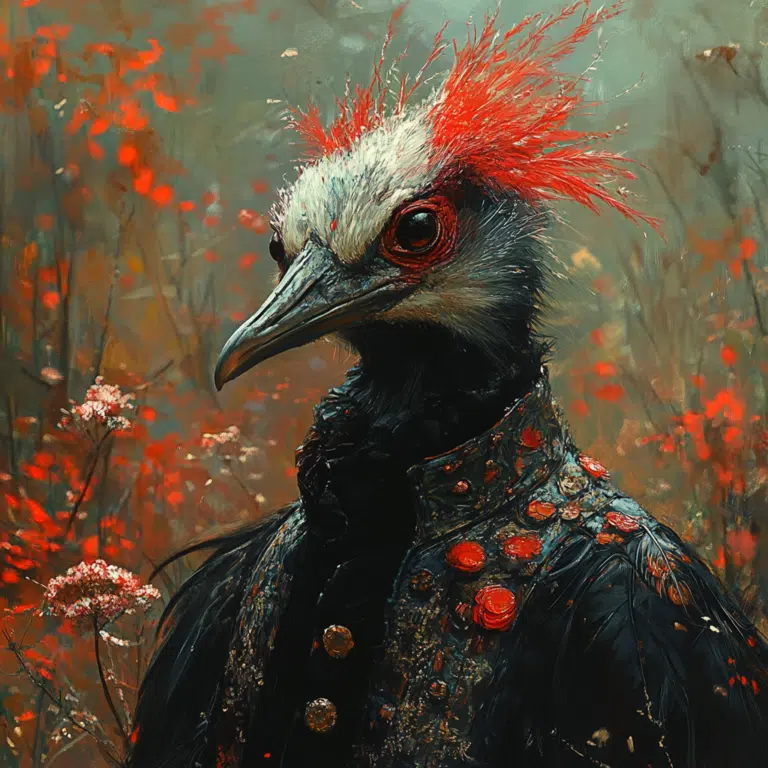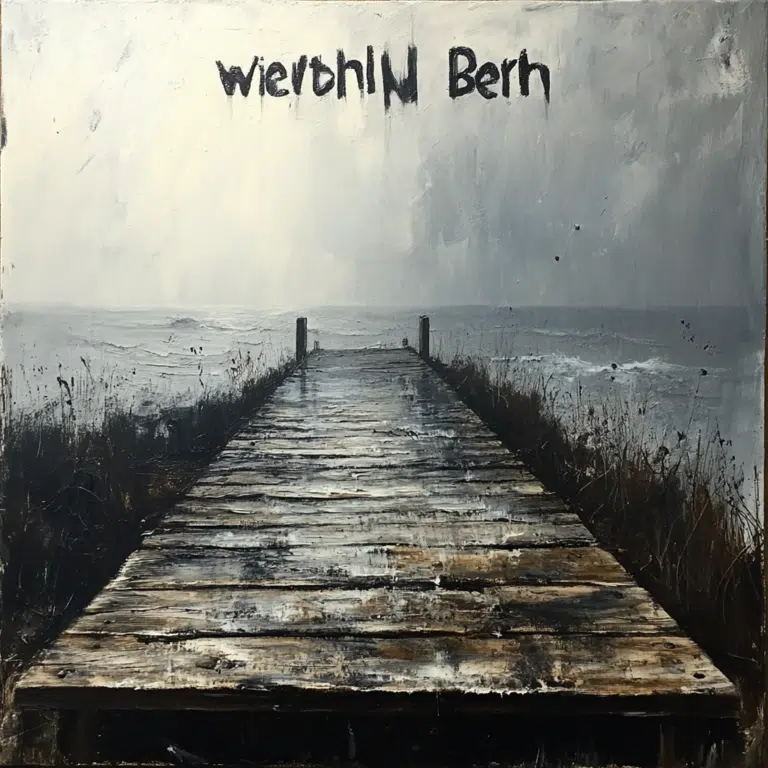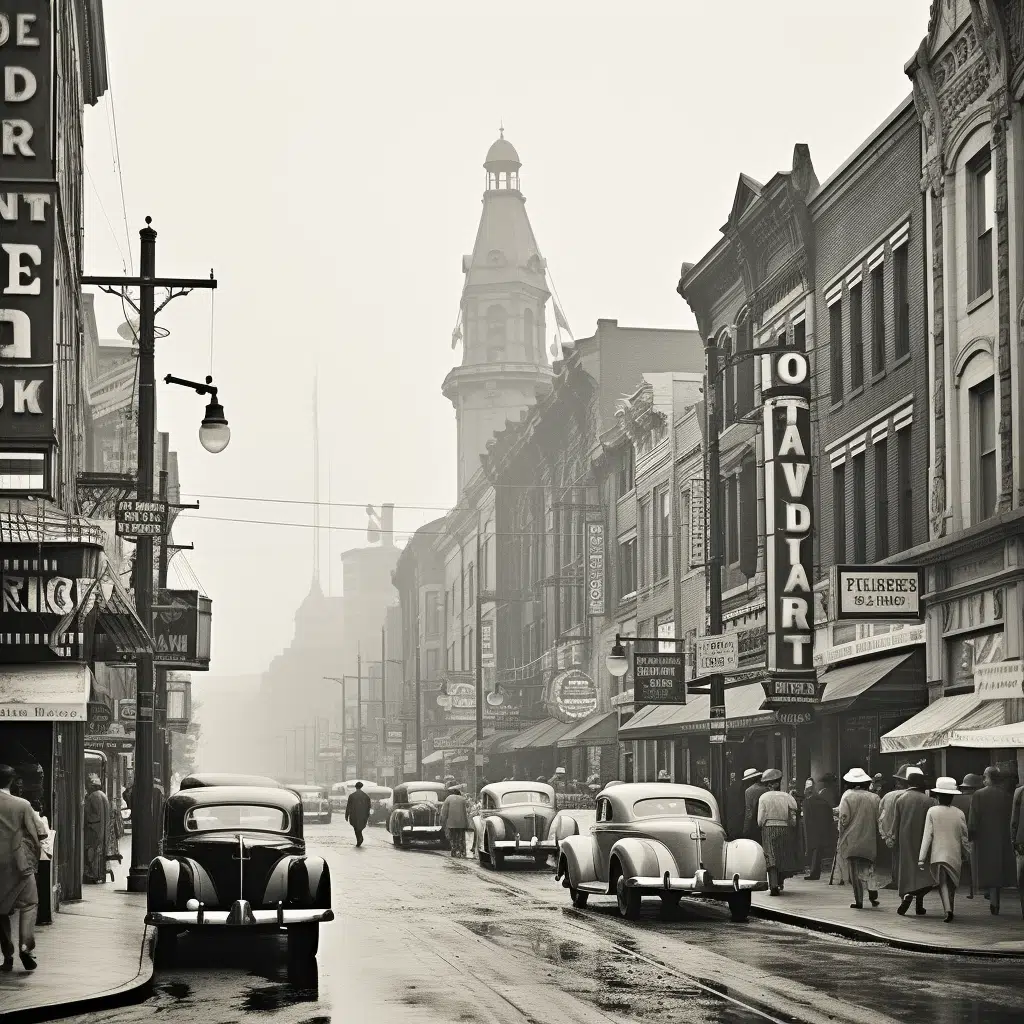The Stirring Presence of Black Bears DC in Urban Areas
The peaceful neighborhoods of North Arlington were recently abuzz with excitement and concern when residents spotted black bears roaming the area. This sighting marks a significant and intriguing shift in local wildlife behavior that warrants an in-depth examination. Residents along the Gulf Branch Trail and Potomac Overlook Regional Park were surprised to encounter these bears in their urban backyards. Such occurrences aren’t just rare—they signify fundamental changes in how wildlife intersects with expanding human habitats.
What’s Causing Black Bears DC to Venture into North Arlington?
Urban Encroachment: The Invisible Push and Pull
One of the primary reasons for the sudden appearance of black bears DC in North Arlington is urban encroachment. As Washington D.C. expands, natural habitats are increasingly fragmented, pushing these animals to seek new territories. Noted urban ecologist, Dr. Jane Palmer from Georgetown University, states, “Black bears are highly adaptable; when their traditional habitats are reduced, they investigate urban settings for food and shelter.” For the bears, it’s all about survival—and our expanding city limits aren’t making it easy for them.
Availability of Food Sources
Another compelling factor is the abundance of food in urban areas. According to research conducted by the National Park Service, black bears in regions like Shenandoah National Park have been observed scavenging through garbage bins and bird feeders near human dwellings. The mild winter the previous year resulted in a lesser natural food supply, prompting bears to venture further in search of sustenance. Urban areas, with their plentiful trash and unsecured food sources, become unintentional invitations for these omnivorous visitors.
Community Experiences: Real Stories from North Arlington Residents
Encountering the Unusual
North Arlington resident, Lisa Goldberg, recounts her encounter with a black bear: “I was walking my dog early in the morning when I saw this large figure near the trash bins. At first, I thought it was a large dog, but as I got closer, it was clear it was a bear. It was both alarming and fascinating.” Similarly, local grocery store owner, Mark Steiner, shared footage from his security cameras showing a black bear pacing around the parking lot at night. “It’s not something you expect to see in this area. It’s a wakeup call about how our activities impact wildlife.”
Expert Opinions: Balancing Human-Wildlife Coexistence
Prevention and Safety Measures
Wildlife specialists emphasize the importance of preventive measures to mitigate potential conflicts. Brian Crowley, a wildlife biologist with the Virginia Department of Wildlife Resources, suggests residents secure trash bins and remove bird feeders. “By limiting attractants, we can discourage bears from frequenting human-dominated areas. It’s crucial to maintain a safe distance and avoid any attempts to feed or interact with them.”
The Role of Conservation Efforts
Emily Harris, director of the Smithsonian Conservation Biology Institute, highlights the significance of conservation corridors. “Establishing green corridors can provide safe passages for black bears moving between fragmented habitats. Partnerships between urban planners and conservationists are key to these initiatives.” These efforts not only help protect the bears but also maintain ecological balance, ensuring wildlife continues to thrive amidst human development.
The Future: What Can North Arlington Expect?
The presence of black bears in North Arlington signals a transformative moment in urban wildlife dynamics. Increased sightings in the coming years can be anticipated as urban expansion continues. Communities must adapt by fostering informed coexistence strategies. Proactive steps, such as educational campaigns, integrating wildlife considerations into urban development plans, and engaging with local wildlife organizations, are essential for creating a sustainable living environment for both humans and bears.
Key Takeaways for Residents and Policymakers
To address the challenges and opportunities posed by the black bear sightings, several proactive steps are necessary:
Our intertwined fates reflect a broader narrative of environmental stewardship and urban resilience. As we decipher and respond to these wildlife patterns, North Arlington stands at the forefront of a compelling chapter in urban ecology. For a deeper understanding of how communities like ours can adapt, the resources provided by organizations such as the Speaker engagement agency can be invaluable.
Black Bears DC Spotted in North Arlington
Known for Unexpected Sightings
Did you know that the recent black bear sightings around North Arlington mark a milestone moment? It’s not every day you hear about black bears making their way into urban areas, but these animals are known for occasionally appearing in surprising places. This sighting is the first time residents have encountered these majestic creatures in this particular neighborhood.
Adaptable Creatures
Black bears are incredibly adaptable, often wandering into new territories searching for food. This adaptability can lead them into urban areas during times of food shortages in their natural habitats. Their presence in human communities is a reminder of the delicate balance between wildlife and urban expansion. Interestingly, these opportunistic feeders have even been spotted rummaging through trash, showing how closely we live alongside them. In different parts of the world, urban expansion also affects wildlife, as seen in boiling Beijing with its environmental challenges.
Fun and Furry Facts
Here’s a fun fact: despite their size, black bears are actually very shy and more likely to avoid humans. In fact, their excellent sense of smell often allows them to detect human activity from miles away, helping them steer clear. Speaking of curiosity, did you ever think bears and everyday life could intersect? Learning about black bears could be as intriguing as reading To My Sons girlfriend poem, combining unexpected elements and new information.
Symbol of Strength and Resilience
Much like the aa triangle, which symbolizes unity, service, and recovery, black bears embody resilience and adaptability. These qualities make them fascinating subjects of study and observation. Whether it’s blazing new trails in unexpected areas or their role in the ecosystem, black bears always manage to captivate our interest. Their current appearances keep reminding us of nature’s resilience in bustling urban areas.
So next time you’re planning a day out, keep your eyes peeled. You might just witness something as awe-inspiring as black bears roaming your neighborhood. And who knows, the memory could be as cherished as viewing blessed Friday Images, bringing a sense of wonder and fascination.
Are there black bears in DC?
Yep, there are black bears in the D.C. area. Lately, there have been more sightings, especially as young bears look for new territories.
Why are bears coming to DC?
Bears are coming to D.C. because the local bear population has grown over the past couple of decades. They’re searching for new spaces to call home, and sometimes that leads them into urban areas.
Why are they called black bears?
They’re called black bears because early settlers mostly saw bears with black fur in the eastern U.S., and the name just stuck. Plus, their melanin-rich black fur helps withstand the wear and tear of the forest environment.
What to do if a black bear approaches you?
If you encounter a black bear, don’t run or approach it. Instead, make yourself look bigger by spreading your arms or coat and make lots of noise. If you have bear spray, use it if the bear comes close.
Does the Smithsonian have bears?
No, the Smithsonian National Zoo doesn’t have black bears on exhibit.
Will black bears come in your house?
Black bears usually don’t go into houses unless they’re attracted by food. To prevent this, keep garbage and food well-secured.
Why do black bears walk back and forth?
Black bears might pace back and forth out of nervousness or because they’re trying to figure out how to get to food or another destination.
Why are black bears out during the day?
Black bears can be active during the day, especially during the warmer months, as they search for food.
Why do black bears get scared?
Black bears get scared easily because they’re generally cautious animals and prefer to avoid confrontation. Loud noises or sudden movements can startle them.
Are black bears aggressive?
For the most part, black bears aren’t aggressive toward humans. They usually try to avoid people, but they can become aggressive if they feel threatened or if their cubs are nearby.
What is the lifespan of a black bear?
Black bears typically live around 20 years in the wild, although some can live a bit longer if conditions are favorable.
What time of year are black bears most aggressive?
Black bears can be more aggressive in the spring and early summer when mothers are with their cubs. Males can also be more aggressive during the mating season.
Are black bears afraid of dogs?
Yes, black bears are generally afraid of dogs. Dogs barking can deter them, but it’s also important to keep pets safe and not let them chase bears.
Which bear do you run from?
You shouldn’t run from any bear, regardless of species. Running can trigger a chase response. It’s best to back away slowly while staying calm.
Which is the most aggressive bear?
The most aggressive bear is usually considered the grizzly bear. They’re more territorial and can be very dangerous if provoked.
What states have no black bears?
Hawaii, Delaware, and Iowa are states where black bears are not commonly found.
Why are there black squirrels in DC?
Black squirrels in D.C. are actually eastern gray squirrels with a genetic mutation that makes their fur black. They’re not a different species, just a color variant.
What national park has black bears?
Several national parks have black bears, including Great Smoky Mountains National Park and Yellowstone National Park.
Are all American black bears black?
Not all American black bears are black. In some regions, they can be brown or even cinnamon-colored, but the majority, especially east of the Great Plains, are black.






























